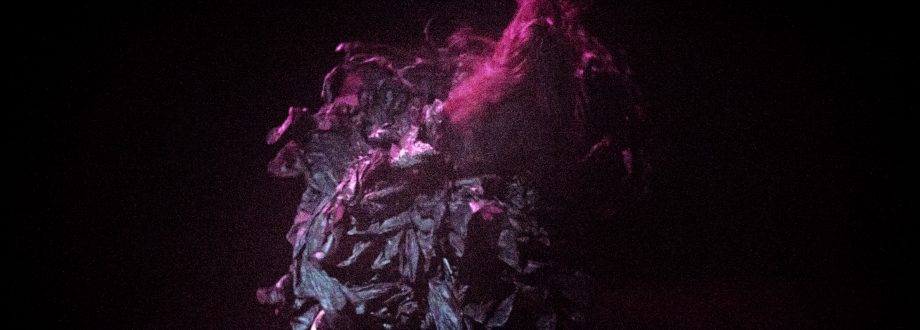Somatic Movement, Costume & Performance
How does what we wear
affect how we move and perceive
and what we create and perform?
Over the last nine years, I have been developing a teaching and performance methodology based on creating and using Somatic Costumes™ as part of my Somatic Movement, Costume and Performance Project. These Somatic Costumes™ are embedded with sensation and imagery – and are designed to create a specific ‘body-mind’ awareness.
For example, in collaboration with costume designers, we created two proto-type somatic costumes for the head: the Balloon Hat to give the experience of the buoyancy and volume of the skull and the Pointy Hat to give an experience of the direction of the skull in space as a development of the spine as an axis. Somatic Costumes™ act in a similar way to ‘touch’ – becoming ‘portals of perception.’ Somatic Costumes™ have the possibility of changing our body image and body schema, affecting not only how we move and experience our bodies, others, and the environment, but also what we create and how we perform. A somatic costume becomes – metaphorically and functionally – the ‘teacher’ itself.
Costumes have been an under-utilized tool in somatic-based practices. The hope is to instigate new possibilities in this field and to create new bridges between somatic-based practice, costume design, performance, health, and culture.
Since 2011, Somatic Costumes™ are created and designed in collaboration with Sandra Arroniz Lacunza, and Carolina Rieckhof (visual artists and costume designers with an MA in Costume Design for Performance from the London College of Fashion). Other collaborators include Marta Jiménez Salcedo (2014), and Christina Hardinge and Oliver Cronk participated in the project, collaborating on costumes for a Somatic Movement and Costume class in 2013. We also collaborated with photographer Luna Pérez Visairas and dancers with somatic costumes in the natural environment in 2014.
To purchase Somatic Costumes™, please visit our Educational Tools page.
The initial research was supported in 2011 with a grant from the Rebecca Skelton Fund.

